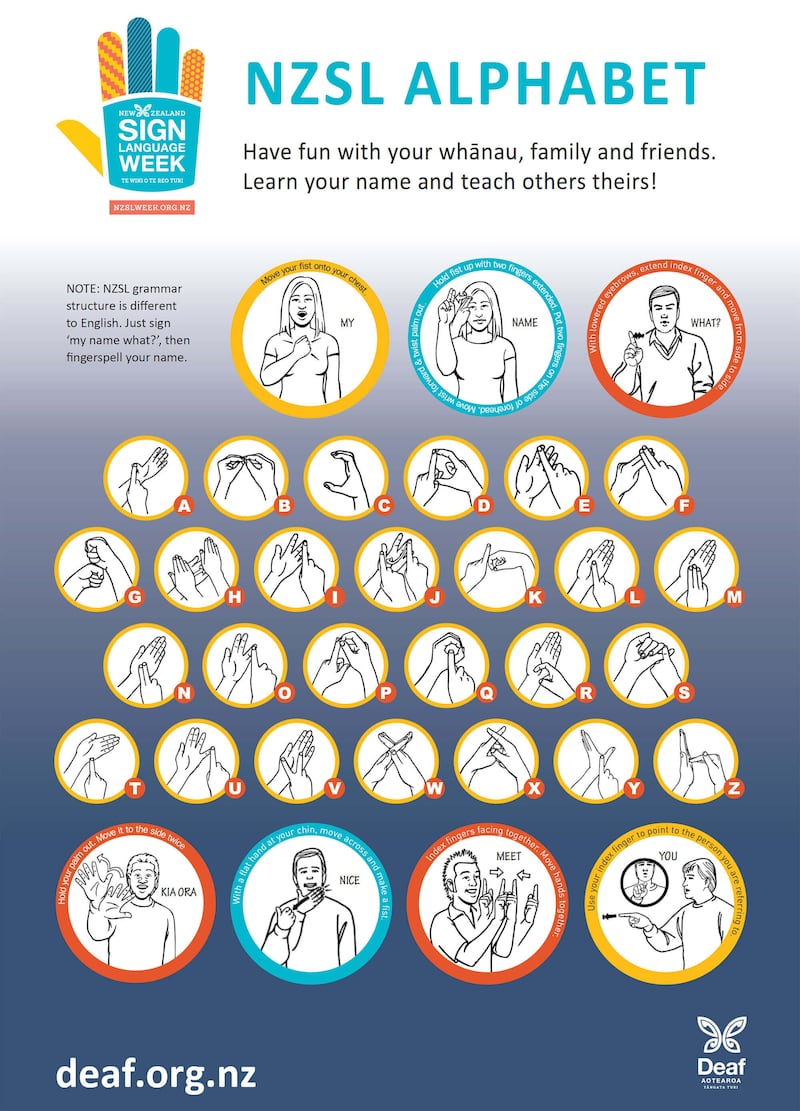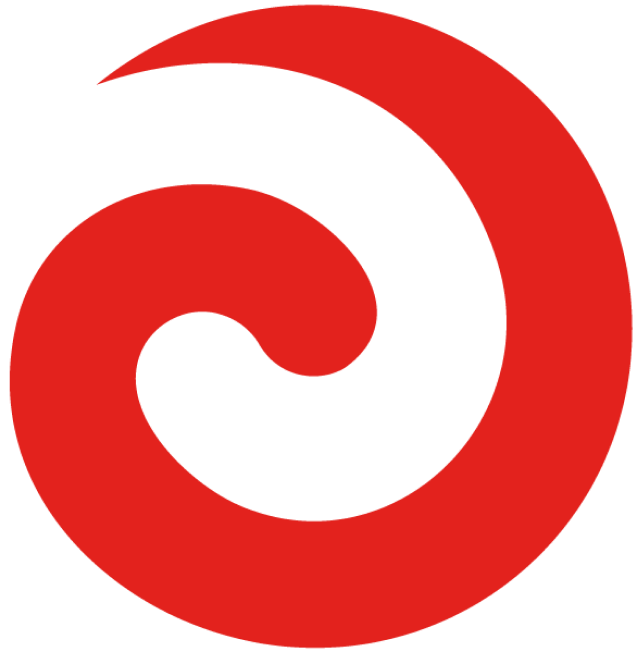While the country marks New Zealand Sign Language (NZSL) Week, recognising one of Aotearoa’s three official languages and the people who use it daily, for many in the Māori Deaf community, the week is a reminder not only of progress but also of the challenges that remain.
Officially recognised in 2008, NZSL is used by approximately 4,600 Deaf people as their primary language. A further 23,000 people — including whānau, educators, and interpreters — use the language to connect with Deaf loved ones.
NZSL Week highlights the unique experiences and aspirations of those who use it daily.
“A very unique mahi”
For Tere (Ngāti Wairere, Ngāti Māhanga), the intersection of te ao Māori and the Deaf world is where identity and passion meet.
“Well, I love my mahi and I think it’s unique — NZSL — and I’m working with lots of other Turi Māori people,” she says.
“NZSL is very important to us. It’s very engaging, it’s part of our culture, and it’s part of who we are.”
Tere shares the language online to inspire others, using platforms like TikTok, Instagram, and YouTube.
“That’s to help people learn about our language, and that they can feel engaged. That inspires me to carry on and do that mahi.”
But the road hasn’t been easy. Tere acknowledges the layers of discrimination faced by Māori Deaf people, shaped by both ableism and racism.
“I believe tangata turi all have very similar experiences. I think racial oppression — that’s happening to Māori and also Deaf Māori. Even though all people are the same, I think Pākehā have been discriminatory to us as well and given us labels.”
Whāngaia te reo rotarota ki ngā whakatupuranga
For some families, teaching NZSL begins early.
Monique Puri, a māmā, has been introducing her baby, who is hearing, to signs from infancy.
“Baby is hearing. But I’m teaching baby lots of signs, and baby is picking it up. So, when it gets about one or two years old, they’ll pick up a lot more vocab,” she explains.
She also encourages non-Māori to engage with both sign language and te ao Māori.
“And also, if somebody isn’t Māori, then learning the sign language — but also learning a lot about tikanga and te reo as well. Being able to access all of that.
“Anyone is welcome to come along to these learnings and work together as a team.”
He karanga ki ngā iwi o te motu
Ahakoa kua piki ake te mōhiotanga ki te wiki reo rotarota o Aotearoa, hei tā hapori turi, me nui noa atu ngā mahi hei whakatupu i te hunga matatau ki te kōrero i tēnei reo, tae rawa atu ki ngā whānau.
Koirā tā Mauhikitia Ngamoki
“It would be good to see with the Deaf community to grow or to share the language and for other people to learn,”
E tika ana he wiki tēnei e kitea ake ai te ora o tēnei reo ki waenganui i ōna anō hapori, whakatupuranga mai, whakatupuranga atu.

Ā, i tā te motu tahuri mai ki tēnei reo me tōna hiranga, he tā Ngamoki, ehara i te mea me whakatū taiapa, kia kore ai tēnei reo e puawai ki roto i ngā hapori maha o te motu.
“Also, when you think of other cultures within the community — being a Māori or a Pacific Islander — I think small steps and encouraging people just to do well.
“With my family, they’re hearing. But it’d be really good for them to learn sign language.
“I think if everyone learns sign, it’s going to help.”



